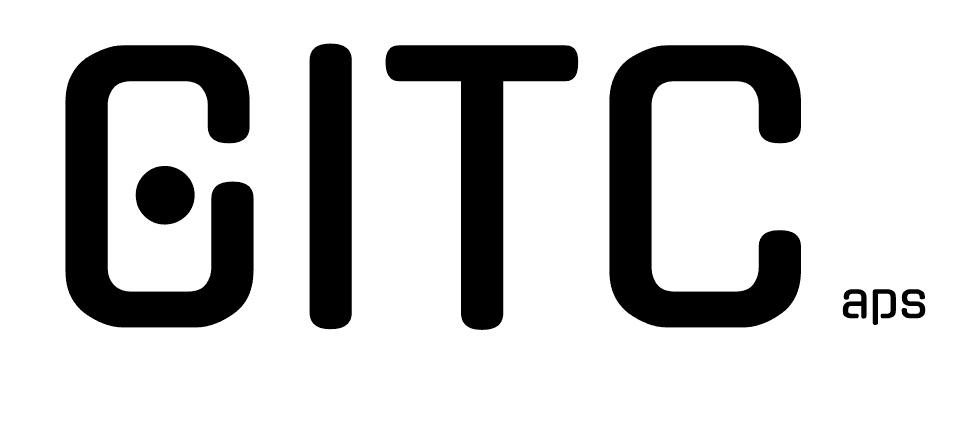GITC's technical advantages
GITC runs Ceph on at least three nodes with NVMe-backed OSDs and offers a 99.99% SLA, which means you get low latency (typically <5 ms), automatic replication, and hourly snapshot backups. You can get live migration during maintenance without downtime, regional redundancy, and dedicated networking for your VPS. Monitoring and 24/7 support mean you get help quickly in the event of incidents, so your operations remain stable and scalable without you having to dive into the complexity.
The Technological Revolution Behind Proxmox and Ceph
The combination of Proxmox and Ceph shifts the focus from individual machines to a scalable, self-healing platform where your VPSs run stably and can grow without extensive rebuilding. Proxmox handles virtualization (KVM and LXC), live migration, and backup, while Ceph provides distributed block and object storage with automatic replication and rebalancing. You get high SLA capabilities, fast snapshots, and an architecture that scales to the petabyte class — which is precisely why modern hosting providers choose this combination for robust VPS environments.
Proxmox: The Versatile VPS Solution
Proxmox gives you both KVM virtualization and LXC containers in one platform, with an intuitive web GUI and full CLI control, so you can orchestrate live migration, high availability, and scheduled backups without complicated tools. Many users experience faster deployments through templates and automated backups, making it easy to manage everything from test environments to production clusters in one consistent system.
Ceph: The Innovative Distributed Storage System
Ceph uses a distributed architecture (RADOS/CRUSH) that ensures data replication, self-healing, and automatic rebalancing; typically configured with 3x replication or erasure coding for large volumes. You get block storage (RBD), object storage (RGW), and file system options (CephFS), providing flexibility for different workloads and the ability to scale to petabyte levels without single points of failure.
Hos GITC kombineres Ceph med forudtestede cluster-konfigurationer, dedikeret overvågning og 24/7 support, så du undgår at stå med driftsopgaverne selv. Konkrete fordele for dig inkluderer hurtig genopretning ved diskfejl, automatiserede firmware- og sikkerhedsopdateringer samt performanceoptimering med NVMe-backed OSD’er, hvilket holder din VPS både stabil og responsiv i daglig drift.
How Proxmox Combines With Ceph: An Optimized Architecture
Proxmox orchestrates your VMs and containers, while Ceph provides a distributed storage layer with block, file, and object storage, giving you HA, snapshots, and live migration without complex management. GITC delivers this stack preconfigured with 3x replication, 10 Gbit/s backbone, and SSD cache for lower latency, plus 24/7 monitoring and a 99.99% SLA, giving you a reliable platform without having to juggle hardware and tuning yourself.
Interoperability and Flexibility
Proxmox supports KVM, LXC, and open standards, allowing you to easily migrate VMs, use cloud-init, take snapshots, and integrate third-party tools via API. At GITC, you get ready-made templates, automatic update streams, and support for hybrid operations, which means you can combine local workloads with public cloud services without changing your operating routines.
Scalability in Your Infrastructure
Scale capacity linearly by adding more Ceph OSDs or Proxmox nodes: start with 3 nodes for HA and grow to 50+ nodes without downtime. GITC's automated provisioning allows new nodes to become operational in hours rather than days, so you can quickly keep up with growth or peak loads.
For planning purposes, GITC offers capacity and performance consulting, where erasure coding or 3x replication is selected based on data value, and tiers with SSD cache ensure both high IOPS and economical storage. You also receive regular reports and recommendations to help you avoid overprovisioning and keep operating costs under control.

Business advantages of choosing Proxmox with Ceph
You get scalability and predictable costs while increasing operational reliability: Proxmox with Ceph lets you consolidate servers, reduce licensing costs, and scale capacity without large upfront investments. GITC supplements this with local support, fast provisioning, and standardized migration processes, shortening your time to production. This combination makes it easier for you to plan your budget, comply with regulations, and deliver stable services to your customers.
Cost Effectiveness and Investment
You reduce both CAPEX and ongoing licensing costs by basing VPS on open-source Proxmox and Ceph; hardware consolidation and pay-as-you-grow principles typically mean faster ROI, often within 12–24 months in similar projects. GITC offers transparent pricing, migration assistance, and standardized operating packages, so you avoid hidden start-up costs and get the expected total cost clearly documented from day one.
Increased Operational Reliability and Downtime Minimization
You achieve high availability through automatic data replication and built-in failover in Ceph, which reduces the risk of data loss and shortens recovery time. Multi-node clusters and geo-replication capabilities mean that single failures won't take your services offline; this is supported by GITC's operating procedures and SLAs, allowing you to document uptime to your customers.
GITC runs 24/7 monitoring, proactive update windows, and regular failover tests as part of their service offering, so you get documented recovery procedures and reporting. Daily snapshots, optional geo-redundancy, and clear backup and retention policies make it easier for you to meet RPO/RTO requirements; in practice, many customers see significantly shorter downtime after migrating to GITC's Proxmox/Ceph setup.

GITC's Unique Offer: Why Choose Us?
GITC combines Proxmox and Ceph in managed solutions, giving you high availability, automatic replication, and fast recovery without complexity. You get local data centers, SLA options (e.g., typically 99.95%), and clear pricing structures, while we handle backups, snapshots, and live migrations on your behalf. The result is predictable costs, shorter downtime, and a platform where you can scale without cleaning up underlying storage or networks.
Tailored Solutions for Your Business
You choose resource levels as needed: dedicated CPU/RAM, storage tiering to SSD or HDD, and network setup for low latency to your customers. We offer migration plans with minimal downtime, test environments for validation, and flexible contracts so you only pay for what your application uses during peak loads or growth phases.
Expertise and Support That Make the Difference
You get 24/7 support from Danish technicians with Proxmox and Ceph experience, proactive monitoring, and clear SLAs for response times to critical incidents. Support includes onboarding, operational monitoring, and optimization assistance, so you can focus on your business rather than your infrastructure.
During onboarding, we review your architecture, conduct performance tests, and deliver a concrete action plan with prioritized optimizations. We offer ongoing quarterly operational reviews, a documented change log, access to a self-help library, and the option of on-demand assistance for major upgrades or migrations.
Implementation and Operation of VPS with Proxmox and Ceph
Plan your implementation with specific goals for capacity, network, and DR: typically a Ceph cluster of at least 3 nodes, dedicated 10 GbE for storage traffic, and a replication factor of 3 for high availability. Automate setup via Ansible/Proxmox scripts, test failover and restore in a staging cluster, and continuously measure latency and IOPS. At GITC, you get preconfigured templates, 24/7 monitoring, and migration assistance, saving you time and reducing operational risk.
Important Considerations Before Setup
Clarify RPO/RTO requirements, choose NVMe for hot data and HDD for cold tier, and reserve at least 10–20% extra capacity for rebalancing. Network design should separate public and storage traffic, and security groups should handle administrative access. You should also plan backup retention (e.g., daily with 7/30/90-day retention) and test restores; GITC offers capacity calculation and proof-of-concept with realistic load testing.
Best Practices for Ongoing Maintenance
Keep an eye on Ceph health, set up automatic alerts for OSD downtime or high latency values, and run rolling upgrades to avoid downtime. Implement snapshots for critical VPSs and automatic backups, perform monthly integrity checks, and document runbooks for recovery. GITC handles monitoring, patching, and incident response, giving you a 99.95% SLA without losing control of your VMs.
Roll out Prometheus/Grafana metrics and set specific thresholds (e.g., OSD_down >1 or I/O latency >20 ms) for automatic escalations. Perform full restore tests quarterly, schedule capacity assessments every 3 months, and use rolling rebalance when replacing hardware to avoid load peaks. GITC provides pre-configured dashboards, playbooks, and support levels so you can focus on your applications rather than daily storage operations.
Conclusion
What this means for you
With GITC, you get operational reliability and scalability in practice: a Ceph cluster with 3x replication and NVMe storage, a 10 Gbps backbone, and daily snapshots ensure short RTO and low risk of data loss. You can live migrate VPSs without downtime, instantly adjust resources, and rely on a 99.99% SLA and automated backups. This means fewer worries, faster growth, and tangible financial value in the form of reduced operating time and improved performance.






